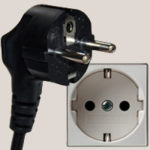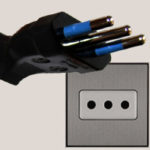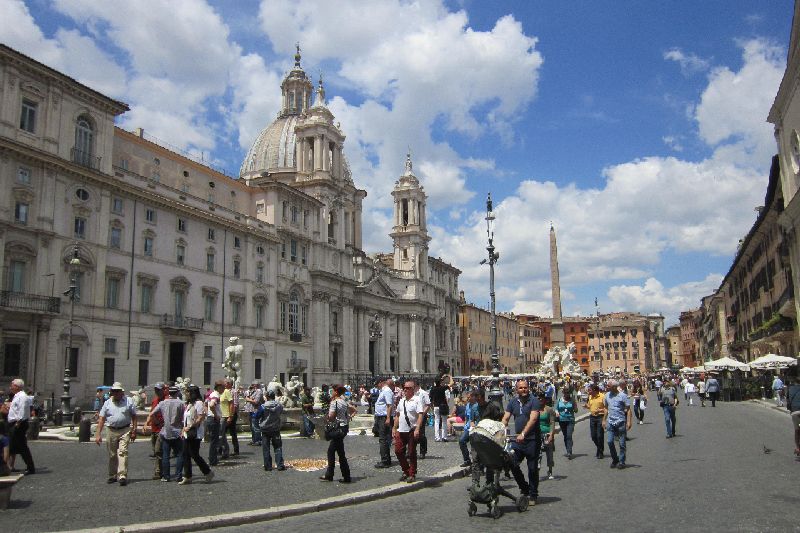Know before you go
Italy
General Information
Italy is located in southern Southern Europe bordering France, Switzerland, Austria and Slovenia, and completely surrounding San Marino and Vatican City. Its capital and largest city is Rome. Italy is both a member of the European Union and the Schengen Agreement. They drive on the right side of the road.
Visa
Holders of a EU passport don’t require a Visa. For holders of a different passport check out this link to see if you are required to apply for a visa or not or contact your ministery of foreign affairs.
Watch Geography Now!
The video will give you a good first overview of Italy.


Power
Italy uses Type F („Schuko“) and L plug outlets . They also work with Type C and E. The voltage is 230 Volt and the frequency is 50 Hz
Language
The official language of Italy is Italian. Especially in urban areas, you can get by with English just fine though.
| Italian | English |
|---|---|
| Ciao! | Hello! |
| Ciao! | Bye! |
| si | yes |
| no | no |
| Grazie! | Thank you! |
| Prego! | You're welcome! |
| Scusi! | Excuse me! |
| Salute! | Cheers! |
Weather Forecast
Climate
Thanks to the great longitudinal extension of the peninsula and the mostly mountainous internal conformation, the climate of Italy is highly diverse. Conditions on peninsular coastal areas can be very different from the interior’s higher ground and valleys, particularly during the winter months when the higher altitudes tend to be cold, wet, and often snowy. The coastal regions have mild winters and warm and generally dry summers, although lowland valleys can be quite hot in summer. Average winter temperatures vary from 0 °C (32 °F) on the Alps to 12 °C (54 °F) in Sicily, like so the average summer temperatures range from 20 °C (68 °F) to over 25 °C (77 °F). Winters can vary widely across the country with lingering cold, foggy and snowy periods in the north and milder, sunnier conditions in the south. Summers can be hot and humid across the country, particularly in the south while northern and central areas can experience occasional strong thunderstorms from spring to autumn.
Average Temperature in Rome
Average Precipitation in Rome
Transportation
How to get there?
The biggest airport in Italy is Leonardo da Vinci–Fiumicino Airport (FCO), followed by Malpensa Airport (MXP) in Milan. Follow this link to find a list of all airports in Italy. Depending on your travel route around Italy, consider flying in and out of Italy using two different airports.
It is also easy to travel to Italy by bus or train from any neighboring country. You can also go to Italy on a ferry.
How to get around?
Depending on the size of the city, various forms of public transportation is available. The cities Brescia, Catania, Genoa, Milan, Naples, Rome and Turin have a Metro. When you go sightseeing in Rome, consider renting a bike. Sights can be quite a walk from Metro stations. It’s easy to go around Rome with a bike, and it will give your feet a rest.
Money, Money, Money

Currency
Italy is part of the Eurozone and therefore uses the Euro as its currency. Check out the currency converter to find out about current exchange rates.
Accommodation
Depending on where you are staying and at what time of the year you are travelling, prices will vary of course. Expect to be paying around 35€ per person per night.
Cash
Even though credit cards are widely accepted, you should still withdraw Euros at an ATM. Cash is still king in many places like restaurants, gelaterias, markets and small shops. How much you will need of course depends on your spending habits. Expect to need around 40€ per day for food, transportation, activities and souvenirs.


